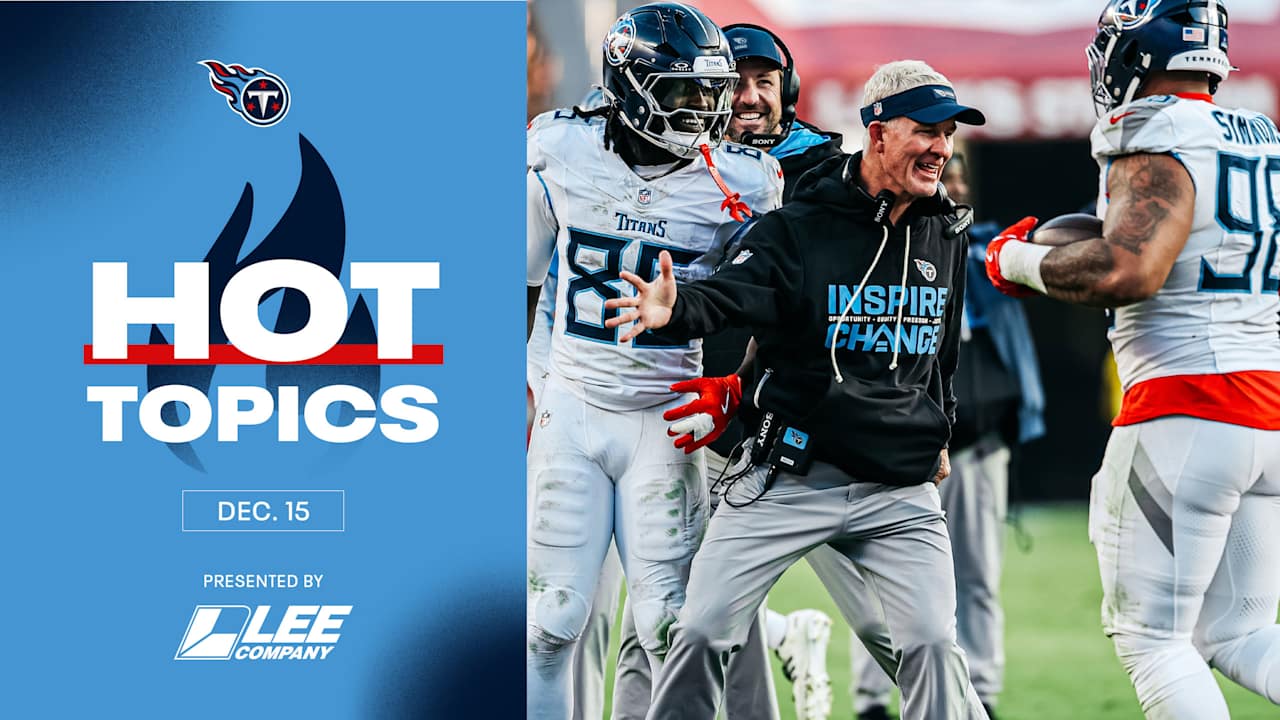Unapologetically gay disco pioneer Sylvester was one of the many LGBTQ artists whose lives were cut short by the AIDS epidemic in the ’80s while the Republican-led government willfully ignored the crisis or actively blamed its victims. But while Sylvester, the human being, died at 41 of AIDS-related complications in 1988, Sylvester, the Queen of Disco, is immortal — and Pride Month 2023 finds the legend being honored twofold.
A newly available anthology, Disco Heat: The Fantasy Years 1977-1981, draws on the six albums he recorded for Fantasy Records, covering his three Billboard Hot 100 top 40 hits – “Dance (Disco Heat),” the undying classic “You Make Me Feel (Mighty Real)” and a version of “I (Who Have Nothing)” — as well as rare 12-inch mixes. After that, New York City’s venerable Lincoln Center is saluting the trailblazer with a tribute concert featuring performances from Inaya Day, Mykal Kilgore, Dawn Richard, Byron Stingily and Kevin Aviance on June 15.
Finally, it seems, the world is catching up to Sylvester – even if it is 50 years after his debut album. But when “You Make Me Feel (Mighty Real)” began to gain traction in 1978, most people simply weren’t ready for a human as mightily real as Sylvester.
“The thing was, my brief for promoting Sylvester was to tell him to downplay his gayness,” Sharon Davis, who worked as a publicist for Fantasy Records in the U.K. in the late ‘70s, tells Billboard. “The U.K. just was not ready for this type of open-minded artist. And it was felt that his career could be dead in the water if he promoted his gayness, despite having an international dance hit under his belt.”
Regardless of any brief from the record company, Sylvester was hardly closeted. He wore women’s clothing, hit the stage wearing makeup and took gender-bending flamboyance to peaks that even a glam-era David Bowie never dared to scale.
Rudy Calvo, a veteran makeup artist who has worked with everyone from Patti LaBelle to Chaka Khan to Natalie Cole, remembers the first time he saw Sylvester and the Hot Band perform at L.A.’s Whisky a Go Go in 1973. “Sylvester and his posse hit the stage like an 5F tornado,” Calvo raves. “His hair was in a turban, and he was wearing lots and lots of bracelets you could hear clinking in the back of the room. His face was painted to perfection, which added to the drama of his androgynous stage persona.”
Davis – whose book Mighty Real: Sharon Davis Remembers Sylvester is currently being expanded and rewritten now that the film rights have been picked up – says Sylvester casually used feminine and masculine pronouns. “Sylvester was happy being a man,” Davis explains. “In leisure time, if he was in gay company, he would use the term ‘she’ but in public always referred to himself as ‘he.’” While she admits that the androgynous imagery of glam rockers like Bowie and Marc Bolan helped bring about “a certain tolerance in the U.K. music business,” people weren’t fully ready to embrace a gay-gay disco star. “Being bisexual seemed to be the get-out clause at that time,” she opines.
Despite Sylvester’s flashy threads — and a falsetto that soared so high it scraped heaven — both Davis and Calvo describe him as comparatively reserved in private. “He was quiet, softly spoken,” Davis says. “I loved the calmness about him. Yet he could be as stubborn as a mule if he didn’t want to do something.” Calvo – who became friends with Sylvester not long after he caught the artist’s 1973 show at the Whisky – recalls him similarly. “He was totally different from the person you saw on stage,” Calvo says. “The way he dressed, he seemed very flamboyant; in reality, he was very low-key.”
Calvo says he and Sylvester bonded over a shared love for “underground artists like Betty Davis” and a mutual respect for each other’s styles. The afternoon before Calvo caught Sylvester’s Whisky set in ’73, he had been scouring a flea market in West Hollywood for the perfect outfit to wear to the show. After picking up “a vintage yellow bowling shirt with silver threading woven throughout” to complement his bell-bottoms and platforms, Calvo clocked a striking man with bright pink hair also browsing the selections. Later that night, backstage at the Whisky, both Calvo and Sylvester realized they had been admiring each other’s fashion sense from afar at the flea market. “Oh, you were the guy at the flea market with the cool haircut,” Sylvester told Calvo when the makeup artist took off his hat to reveal a “short-spiked cockatoo” haircut. In turn, Sylvester “lifted off his turban to reveal his hidden pink electric hair,” says Calvo.
Four years after they first met, Calvo gave Sylvester a preview listen to Patti LaBelle’s self-titled debut album. “The first time he heard the song ‘You Are My Friend,’ he said, ‘I could do something like this.’” Two years later, Sylvester released a live cover of the song (backed by The Weather Girls) on his Living Proof album; the song became a top 30 hit on what’s now called the Hot R&B/Hip-Hop Songs chart and appears on the Disco Heat: The Fantasy Years 1977-1981 anthology. At one concert, the soul icon and the disco pioneer even performed it together. “When he hit the stage, it was like a church experience,” Calvo says. “He brought that energy of gospel to his music. It was like disco gospel.”
“His smile was wonderful, as it lit up his face, and his lisp so attractive,” Davis says. “A beautiful man on many levels. I shall always be grateful to have his friendship. And call him my brother.”





